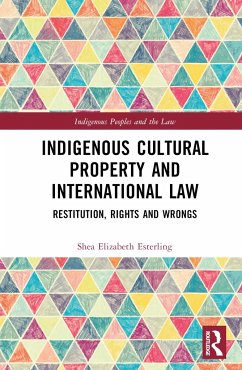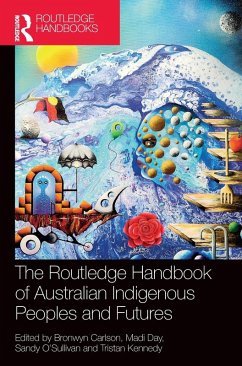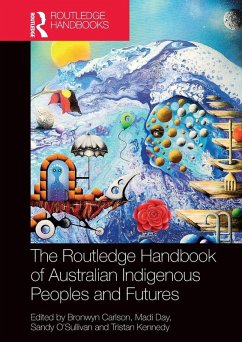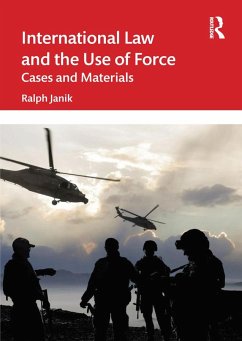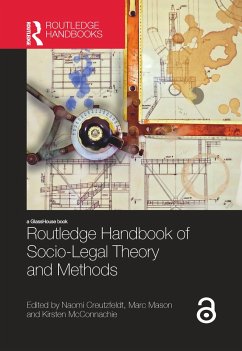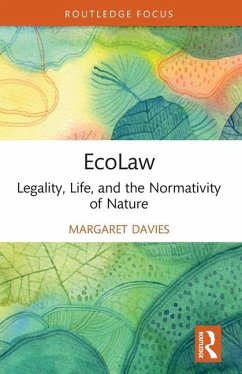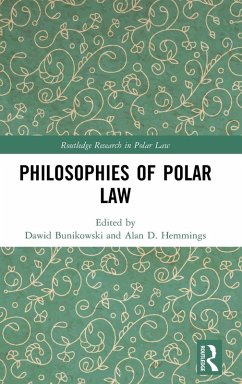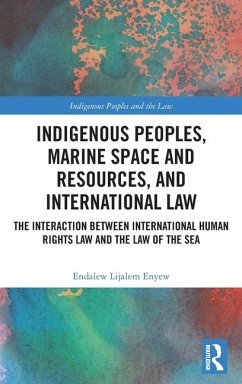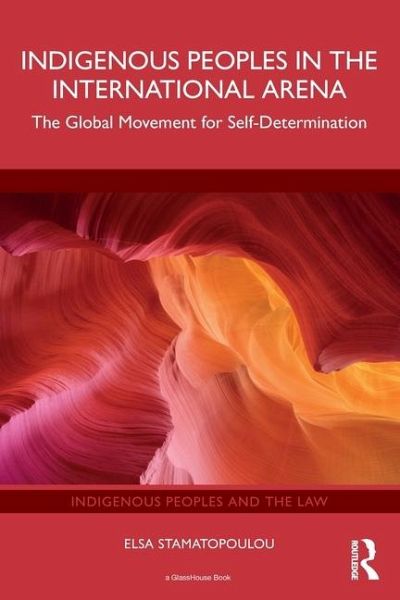
Indigenous Peoples in the International Arena
The Global Movement for Self-Determination
Versandkostenfrei!
Versandfertig in 6-10 Tagen
39,99 €
inkl. MwSt.
Weitere Ausgaben:

PAYBACK Punkte
20 °P sammeln!
This book provides a definitive account of the creation and rise of the international Indigenous Peoples' movement.In the late 1970s, motivated by their dire situation and local struggles, and inspired by worldwide movements for social justice and decolonization, including the American civil rights movement, Indigenous Peoples around the world got together and began to organize at the international level. Although each defined itself by its relation to a unique land, culture, and often language, Indigenous Peoples from around the world made an extraordinary leap, using a common conceptual voca...
This book provides a definitive account of the creation and rise of the international Indigenous Peoples' movement.
In the late 1970s, motivated by their dire situation and local struggles, and inspired by worldwide movements for social justice and decolonization, including the American civil rights movement, Indigenous Peoples around the world got together and began to organize at the international level. Although each defined itself by its relation to a unique land, culture, and often language, Indigenous Peoples from around the world made an extraordinary leap, using a common conceptual vocabulary and addressing international bodies that until then had barely recognized their existence. At the intersection of politics, law, and culture, this book documents the visionary emergence of the international Indigenous movement, detailing its challenges and achievements, including the historic recognition of Indigenous rights through the adoption of the UN Declaration on the Rights of Indigenous Peoples in 2007. The winning by Indigenous Peoples of an unprecedented kind and degree of international participation - especially at the United Nations, an institution centered on states - meant overcoming enormous institutional and political resistance. The book shows how this participation became an increasingly assertive self-expression and even an exercise of self-determination by which Indigenous Peoples could both benefit from and contribute to the international community overall - now, crucially, by sharing their knowledge about climate change, their approaches to development and well-being, and their struggles against the impact of extractive industries on their lands and resources.
Written by the former Chief of the Secretariat of the United Nations Permanent Forum on Indigenous Issues, this book will be of interest to researchers, teachers, students, advocates, practitioners, and others with interests in Indigenous legal and political issues.
In the late 1970s, motivated by their dire situation and local struggles, and inspired by worldwide movements for social justice and decolonization, including the American civil rights movement, Indigenous Peoples around the world got together and began to organize at the international level. Although each defined itself by its relation to a unique land, culture, and often language, Indigenous Peoples from around the world made an extraordinary leap, using a common conceptual vocabulary and addressing international bodies that until then had barely recognized their existence. At the intersection of politics, law, and culture, this book documents the visionary emergence of the international Indigenous movement, detailing its challenges and achievements, including the historic recognition of Indigenous rights through the adoption of the UN Declaration on the Rights of Indigenous Peoples in 2007. The winning by Indigenous Peoples of an unprecedented kind and degree of international participation - especially at the United Nations, an institution centered on states - meant overcoming enormous institutional and political resistance. The book shows how this participation became an increasingly assertive self-expression and even an exercise of self-determination by which Indigenous Peoples could both benefit from and contribute to the international community overall - now, crucially, by sharing their knowledge about climate change, their approaches to development and well-being, and their struggles against the impact of extractive industries on their lands and resources.
Written by the former Chief of the Secretariat of the United Nations Permanent Forum on Indigenous Issues, this book will be of interest to researchers, teachers, students, advocates, practitioners, and others with interests in Indigenous legal and political issues.





